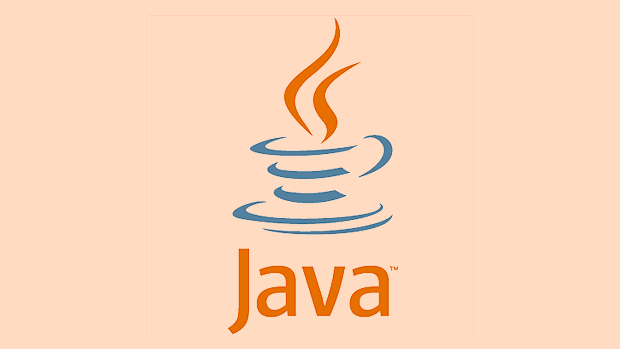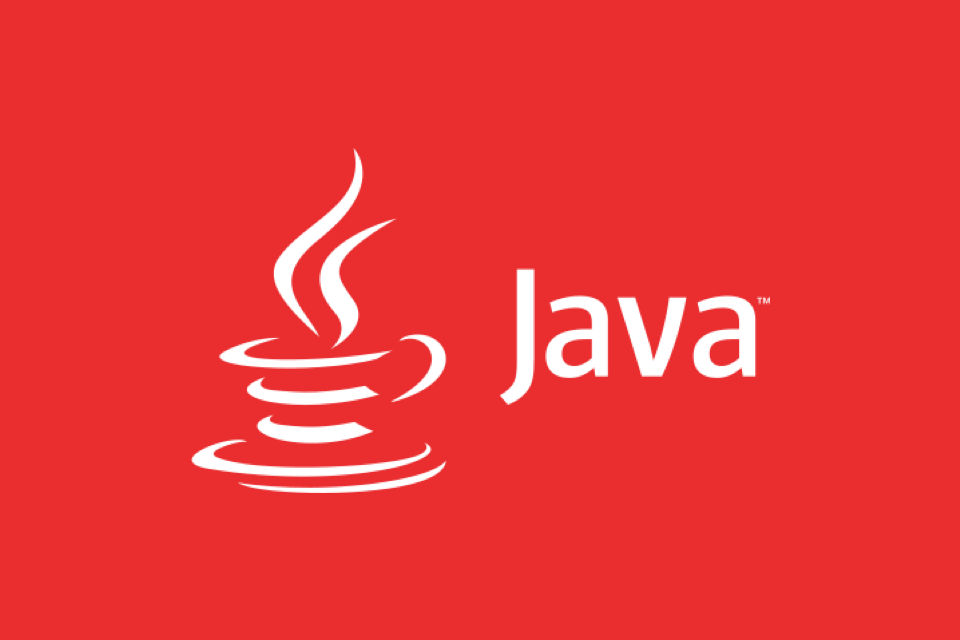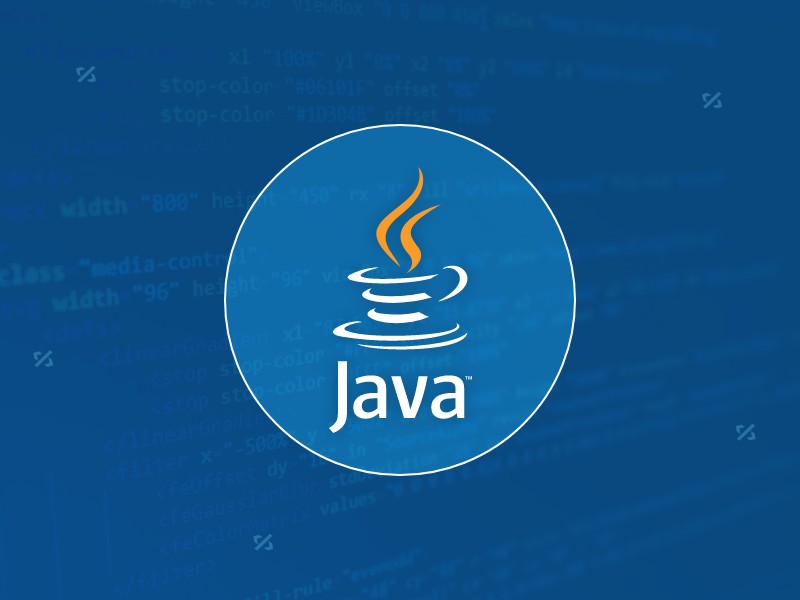When encountering null pointer exceptions, you should avoid them from the source rather than relying solely on try-catch. 1. Understand that it comes from the attributes or methods that access null objects, such as the method returns null or the object is not initialized. 2. Actively check null before use. Java 8 can use Optional to force null situations. 3. Use Objects.requireNonNull() and Objects.equals() to assist in judgment and comparison. 4. Develop defensive programming habits, avoid returning null, and use empty sets or annotations to prompt potential problems.

Encountering a null pointer exception (NullPointerException) is a very common problem in Java development. It usually happens when you try to access a property or method of an object that is null. To deal with it, the key is not to just try-catch, but to avoid it from the source.

1. Understand how NullPointerException comes from
The root of NullPointerException is simple: you call a method or property of a null object. for example:

String str = null; int length = str.length(); // NullPointerException will be thrown here
Common scenarios include:
- The method returns null, and it will be used directly without subsequent checks.
- The elements in the collection are null, no judgment is made during traversal
- Direct access to fields or methods before object is initialized
Understanding these sources helps prevent in advance when encoding.

2. Actively check the null value
The most direct way is to make null judgment before using the object:
if (str != null) {
System.out.println(str.length());
}Although it is a bit verbose to write, this is the most basic and effective way to do it. Pay special attention to methods that may be null.
If you are using Java 8 or above, you can use Optional to wrap the possible value of null, forcing developers to face the possibility of null.
Optional<String> optionalStr = Optional.ofNullable(getString()); optionalStr.ifPresent(System.out::println);
Note, however, that Optional does not completely replace null checking, it is more like a design reminder.
3. Use Objects tool class to assist in judgment
Java provides some tool classes to simplify null processing, such as Objects.requireNonNull() :
public void setName(String name) {
this.name = Objects.requireNonNull(name, "Name cannot be null");
}This method can immediately throw more explicit exception information when null is passed, rather than waiting for an error when subsequent operations are reported.
There are also methods like Objects.equals() that can also avoid exceptions because one of the objects is null:
if (Objects.equals(str1, str2)) {
// Safe comparison}4. Code specification and defensive programming
Good coding habits can greatly reduce the occurrence of NullPointerException:
- Try to avoid letting the method return null, you can consider returning empty collections, empty objects and other alternatives.
- For external incoming parameters, check whether they are null as soon as possible.
- Use annotations such as
@NonNullor IDE plugins to prompt potential null problems (Lombok, JSR 305, etc.)
For example, you can write this:
public List<String> getItems() {
return Collections.emptyList(); // is safer than returning null}Basically that's it. Handling NullPointerException is not complicated, but it is easy to ignore details. The key is to develop a habit and think about one more step when writing code, rather than wait until an error is reported during the runtime before troubleshooting.
The above is the detailed content of How to handle NullPointerException in Java?. For more information, please follow other related articles on the PHP Chinese website!

Hot AI Tools

Undress AI Tool
Undress images for free

Undresser.AI Undress
AI-powered app for creating realistic nude photos

AI Clothes Remover
Online AI tool for removing clothes from photos.

Clothoff.io
AI clothes remover

Video Face Swap
Swap faces in any video effortlessly with our completely free AI face swap tool!

Hot Article

Hot Tools

Notepad++7.3.1
Easy-to-use and free code editor

SublimeText3 Chinese version
Chinese version, very easy to use

Zend Studio 13.0.1
Powerful PHP integrated development environment

Dreamweaver CS6
Visual web development tools

SublimeText3 Mac version
God-level code editing software (SublimeText3)

Hot Topics
 How to iterate over a Map in Java?
Jul 13, 2025 am 02:54 AM
How to iterate over a Map in Java?
Jul 13, 2025 am 02:54 AM
There are three common methods to traverse Map in Java: 1. Use entrySet to obtain keys and values at the same time, which is suitable for most scenarios; 2. Use keySet or values to traverse keys or values respectively; 3. Use Java8's forEach to simplify the code structure. entrySet returns a Set set containing all key-value pairs, and each loop gets the Map.Entry object, suitable for frequent access to keys and values; if only keys or values are required, you can call keySet() or values() respectively, or you can get the value through map.get(key) when traversing the keys; Java 8 can use forEach((key,value)->
 Java Optional example
Jul 12, 2025 am 02:55 AM
Java Optional example
Jul 12, 2025 am 02:55 AM
Optional can clearly express intentions and reduce code noise for null judgments. 1. Optional.ofNullable is a common way to deal with null objects. For example, when taking values ??from maps, orElse can be used to provide default values, so that the logic is clearer and concise; 2. Use chain calls maps to achieve nested values ??to safely avoid NPE, and automatically terminate if any link is null and return the default value; 3. Filter can be used for conditional filtering, and subsequent operations will continue to be performed only if the conditions are met, otherwise it will jump directly to orElse, which is suitable for lightweight business judgment; 4. It is not recommended to overuse Optional, such as basic types or simple logic, which will increase complexity, and some scenarios will directly return to nu.
 Comparable vs Comparator in Java
Jul 13, 2025 am 02:31 AM
Comparable vs Comparator in Java
Jul 13, 2025 am 02:31 AM
In Java, Comparable is used to define default sorting rules internally, and Comparator is used to define multiple sorting logic externally. 1.Comparable is an interface implemented by the class itself. It defines the natural order by rewriting the compareTo() method. It is suitable for classes with fixed and most commonly used sorting methods, such as String or Integer. 2. Comparator is an externally defined functional interface, implemented through the compare() method, suitable for situations where multiple sorting methods are required for the same class, the class source code cannot be modified, or the sorting logic is often changed. The difference between the two is that Comparable can only define a sorting logic and needs to modify the class itself, while Compar
 How to fix java.io.NotSerializableException?
Jul 12, 2025 am 03:07 AM
How to fix java.io.NotSerializableException?
Jul 12, 2025 am 03:07 AM
The core workaround for encountering java.io.NotSerializableException is to ensure that all classes that need to be serialized implement the Serializable interface and check the serialization support of nested objects. 1. Add implementsSerializable to the main class; 2. Ensure that the corresponding classes of custom fields in the class also implement Serializable; 3. Use transient to mark fields that do not need to be serialized; 4. Check the non-serialized types in collections or nested objects; 5. Check which class does not implement the interface; 6. Consider replacement design for classes that cannot be modified, such as saving key data or using serializable intermediate structures; 7. Consider modifying
 How to handle character encoding issues in Java?
Jul 13, 2025 am 02:46 AM
How to handle character encoding issues in Java?
Jul 13, 2025 am 02:46 AM
To deal with character encoding problems in Java, the key is to clearly specify the encoding used at each step. 1. Always specify encoding when reading and writing text, use InputStreamReader and OutputStreamWriter and pass in an explicit character set to avoid relying on system default encoding. 2. Make sure both ends are consistent when processing strings on the network boundary, set the correct Content-Type header and explicitly specify the encoding with the library. 3. Use String.getBytes() and newString(byte[]) with caution, and always manually specify StandardCharsets.UTF_8 to avoid data corruption caused by platform differences. In short, by
 Java method references explained
Jul 12, 2025 am 02:59 AM
Java method references explained
Jul 12, 2025 am 02:59 AM
Method reference is a way to simplify the writing of Lambda expressions in Java, making the code more concise. It is not a new syntax, but a shortcut to Lambda expressions introduced by Java 8, suitable for the context of functional interfaces. The core is to use existing methods directly as implementations of functional interfaces. For example, System.out::println is equivalent to s->System.out.println(s). There are four main forms of method reference: 1. Static method reference (ClassName::staticMethodName); 2. Instance method reference (binding to a specific object, instance::methodName); 3.
 JavaScript Data Types: Primitive vs Reference
Jul 13, 2025 am 02:43 AM
JavaScript Data Types: Primitive vs Reference
Jul 13, 2025 am 02:43 AM
JavaScript data types are divided into primitive types and reference types. Primitive types include string, number, boolean, null, undefined, and symbol. The values are immutable and copies are copied when assigning values, so they do not affect each other; reference types such as objects, arrays and functions store memory addresses, and variables pointing to the same object will affect each other. Typeof and instanceof can be used to determine types, but pay attention to the historical issues of typeofnull. Understanding these two types of differences can help write more stable and reliable code.
 How to parse JSON in Java?
Jul 11, 2025 am 02:18 AM
How to parse JSON in Java?
Jul 11, 2025 am 02:18 AM
There are three common ways to parse JSON in Java: use Jackson, Gson, or org.json. 1. Jackson is suitable for most projects, with good performance and comprehensive functions, and supports conversion and annotation mapping between objects and JSON strings; 2. Gson is more suitable for Android projects or lightweight needs, and is simple to use but slightly inferior in handling complex structures and high-performance scenarios; 3.org.json is suitable for simple tasks or small scripts, and is not recommended for large projects because of its lack of flexibility and type safety. The choice should be decided based on actual needs.






